Buy this landscape artwork De Vecht (Overijssel) by WILBERT HEIJKOOP photography on canvas, ArtFrame, poster and wallpaper, printed on demand in high quality.
About "De Vecht (Overijssel)"
by WILBERT HEIJKOOP photography
About the artwork
The Vecht valley
In the Netherlands, the Overijsselse Vecht flows between the higher-lying regions of Drenthe and Twente along the south side of a valley that is remarkably wide for this river. The original valley of the Oer-Vecht was formed in the penultimate ice age (the Saalien). Meltwater flowing south from the land ice to the west cut deeply into the landscape. Fluvioglacial sands later largely filled this primeval stream valley. Due to truncation of the erosion valleys in the Weichselien, drainage remained difficult in the Holocene as well. Peat developed in the resulting lakes.
On the north side of this primeval stream valley now runs the Reest, which originated in the extensive peat. In the Middle Ages, an esdorpenscape arose on the sandy soils of the Vecht. On the higher ridges near the villages arable complexes arose, the so-called "essen". These 'essen' were largely fertilized with manure from sheep that grazed on the heathlands further from the river. This manure was combined with heather sods in the potting shed and then applied to the ashes. This created a layer of very fertile soil on the ashes, in some places more than a meter thick. In addition, the relief was further enhanced in this way. Along the river lay the grasslands (partly hay, partly pasture). The valley between the higher situated ashes is the Vecht valley in a narrower sense.

About WILBERT HEIJKOOP photography
"Passion for Light
I am Wilbert Heijkoop and I am 35 years old. I have a great passion for nature and wildlife photography. I really enjoy going out with the camera and capture amazing landscapes or special encounters with animals...
Read more…
 Germany
Germany Ordered in June 2019
Ordered in June 2019
 Netherlands
Netherlands Ordered in November 2016
Ordered in November 2016
 Germany
Germany Ordered in August 2019
Ordered in August 2019
 Germany
Germany Ordered in March 2020
Ordered in March 2020
 Netherlands
Netherlands Ordered in February 2021
Ordered in February 2021
 Netherlands
Netherlands Ordered in October 2017
Ordered in October 2017
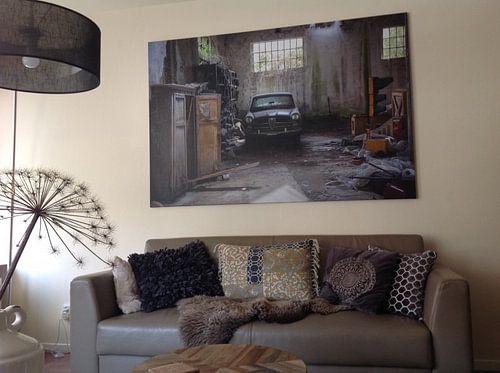
 Germany
Germany Ordered in February 2021
Ordered in February 2021
 Germany
Germany Ordered in January 2023
Ordered in January 2023
 Germany
Germany Ordered in November 2022
Ordered in November 2022
 Netherlands
Netherlands Ordered in April 2019
Ordered in April 2019
 Germany
Germany Ordered in January 2023
Ordered in January 2023
 Netherlands
Netherlands Ordered in June 2019
Ordered in June 2019
About the material
ArtFrame™
Interchangeable Art Prints
- High-quality print
- Easily interchangeable
- Acoustic function
- Large sizes available
Discover the artworks of WILBERT HEIJKOOP photography
 SnowdropsWILBERT HEIJKOOP photography
SnowdropsWILBERT HEIJKOOP photography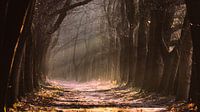 SunburstWILBERT HEIJKOOP photography
SunburstWILBERT HEIJKOOP photography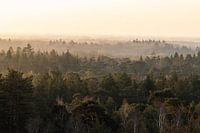 On EnglishWILBERT HEIJKOOP photography
On EnglishWILBERT HEIJKOOP photography The SunriseWILBERT HEIJKOOP photography
The SunriseWILBERT HEIJKOOP photography The RestWILBERT HEIJKOOP photography
The RestWILBERT HEIJKOOP photography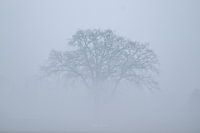 The FogWILBERT HEIJKOOP photography
The FogWILBERT HEIJKOOP photography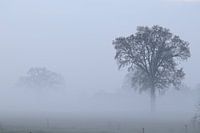 The TreeWILBERT HEIJKOOP photography
The TreeWILBERT HEIJKOOP photography snowdrop forestWILBERT HEIJKOOP photography
snowdrop forestWILBERT HEIJKOOP photography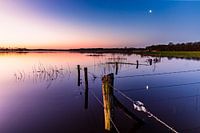 Moonset at JunneWILBERT HEIJKOOP photography
Moonset at JunneWILBERT HEIJKOOP photography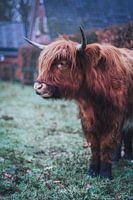 The ScotWILBERT HEIJKOOP photography
The ScotWILBERT HEIJKOOP photography The BridgeWILBERT HEIJKOOP photography
The BridgeWILBERT HEIJKOOP photography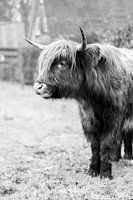 The Scottish CowWILBERT HEIJKOOP photography
The Scottish CowWILBERT HEIJKOOP photography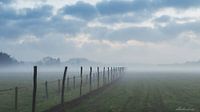 LinesWILBERT HEIJKOOP photography
LinesWILBERT HEIJKOOP photography The SwanWILBERT HEIJKOOP photography
The SwanWILBERT HEIJKOOP photography The LoveWILBERT HEIJKOOP photography
The LoveWILBERT HEIJKOOP photography The Morning SunWILBERT HEIJKOOP photography
The Morning SunWILBERT HEIJKOOP photography The Sunrise 2WILBERT HEIJKOOP photography
The Sunrise 2WILBERT HEIJKOOP photography Church OwlWILBERT HEIJKOOP photography
Church OwlWILBERT HEIJKOOP photography The HeathWILBERT HEIJKOOP photography
The HeathWILBERT HEIJKOOP photography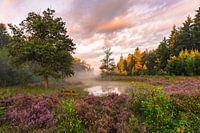 The Heather LakeWILBERT HEIJKOOP photography
The Heather LakeWILBERT HEIJKOOP photography
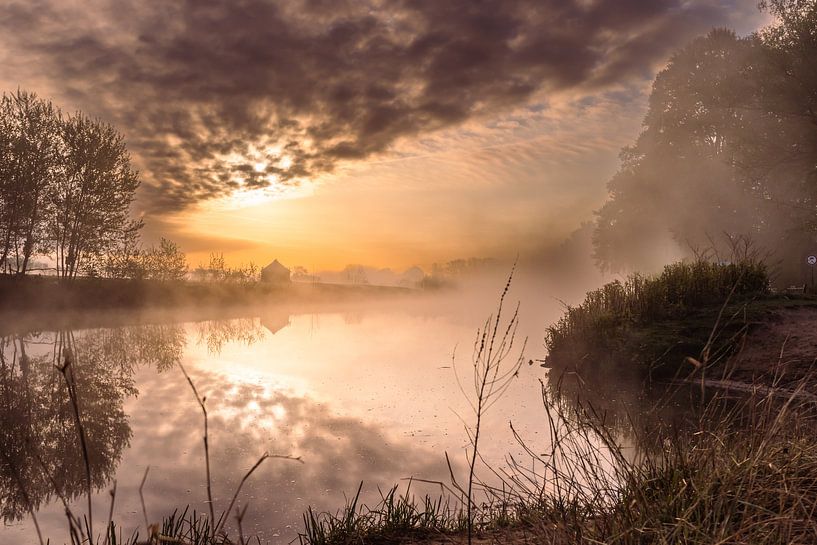












 Dreamy Escapes
Dreamy Escapes Landscapes
Landscapes Mysterious Spheres
Mysterious Spheres Photo wallpaper
Photo wallpaper Photography
Photography Serene Peace
Serene Peace Sunrise
Sunrise Vecht
Vecht Water
Water









